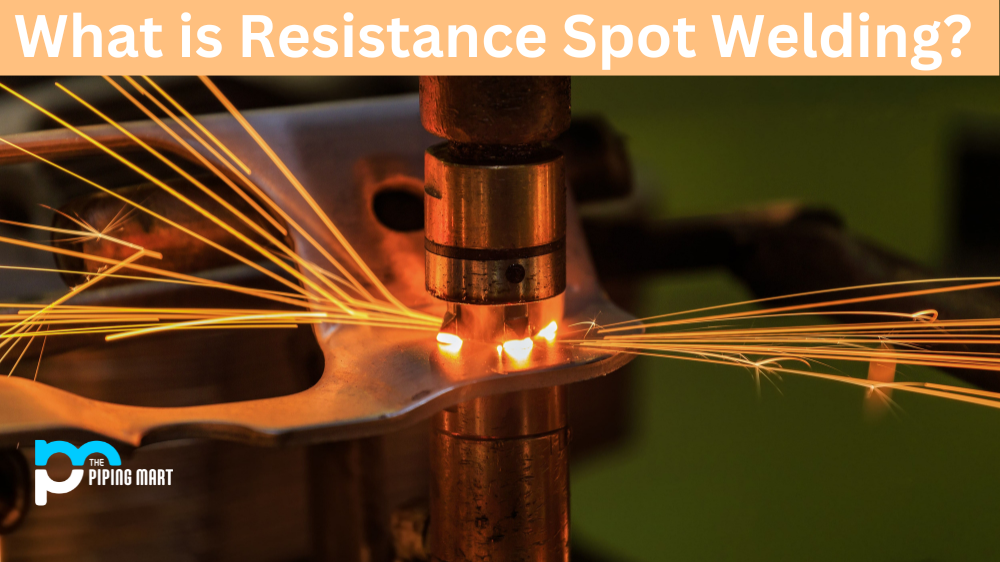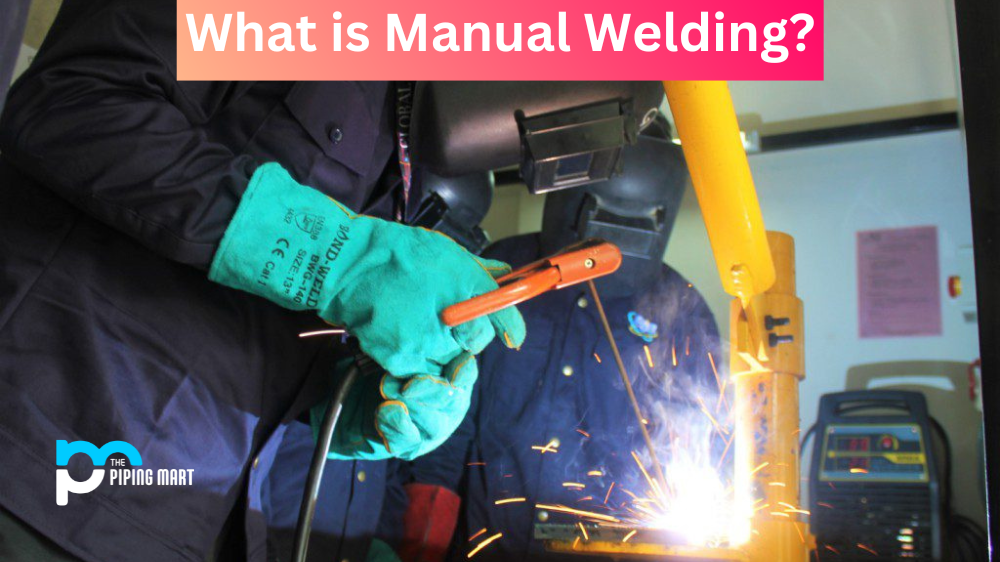Resistance spot welding is a widely used process in the United States and worldwide. Used by those in many industries, from automotive to textiles, resistance welding helps form permanent bonds between two pieces of metal quickly and efficiently. Even with its popularity, though, only some understand how it works or what it can be used for. That’s why we are here to break down precisely what is resistance spot welding and explore the uses, different types, and working principles behind this special technique. Get ready because we have a lot to discuss!
What is Resistance Spot Welding?
Resistance spot welding is one of the most efficient and cost-effective methods when it comes to joining two pieces of metal together. This process uses electric current to generate heat, which melts the metal and fuses it. It’s a common technique used in manufacturing, especially for automotive components and other high-volume applications.
How Does Resistance Spot Welding Work?
Resistance spot welding works by using electricity to create an intense amount of heat in a small area between two pieces of metal. To make this happen, two copper electrodes are placed on either side of the materials that need to be joined, and then an electrical current is passed through them. As the electric current passes through the electrodes, it causes them to become hot and generate heat between the two pieces of metal. This heat melts the metals at their contact points, creating a weld joint between them.
Resistance Spot Welding Uses
Resistance spot welding, also known as RPG welding, is a powerful and reliable technique to join conductive metals such as stainless steel, aluminium and copper. This welding process offers the highest levels of repeatability and accuracy available. This type of welding is used in various industries, including aerospace, automotive and electronics manufacturing. Resistance spot welding makes it possible to quickly form precise welds without adding filler materials. It also provides strength far in excess of traditional welding technologies by creating bonds in small areas with remarkable power and accuracy. For these reasons, resistance spot welding has become an essential part of many industrial processes worldwide.
Benefits of Resistance Spot Welding
Resistance spot welding offers several advantages over other welding techniques. It’s fast – typically taking only a few seconds – which makes it great for high-volume applications like automotive production lines where speed is essential. It’s also relatively inexpensive compared to other welding techniques because it doesn’t require additional materials or tools beyond what is needed for a basic electricity setup. Additionally, its accuracy allows for precise control over how much weld material is applied and where it’s applied – making it ideal for delicate applications where too much weld material would be undesirable or dangerous.
Conclusion:
In conclusion, resistance spot welding is incredibly versatile and practical for joining two pieces of metal together quickly and accurately with minimal costs. Its ease of use makes it perfect for high-volume production lines. At the same time, its accuracy ensures that delicate applications can still benefit from its use without compromising safety or quality standards. Whether you’re working on automotive parts or something else entirely, resistance spot welding should be considered if you need to join two pieces of metal quickly but accurately with minimal costs involved! If you want to learn more about this process and how it can benefit your project, get in touch with Metric Marketing today!
Meet Heer, a dynamic and driven writer learning tricks of her trade in the metal industry. With a background in Digital Marketing, Heer brings a unique perspective to her writing, sharing valuable insights. Apart from blogging she like reading and hiking.




